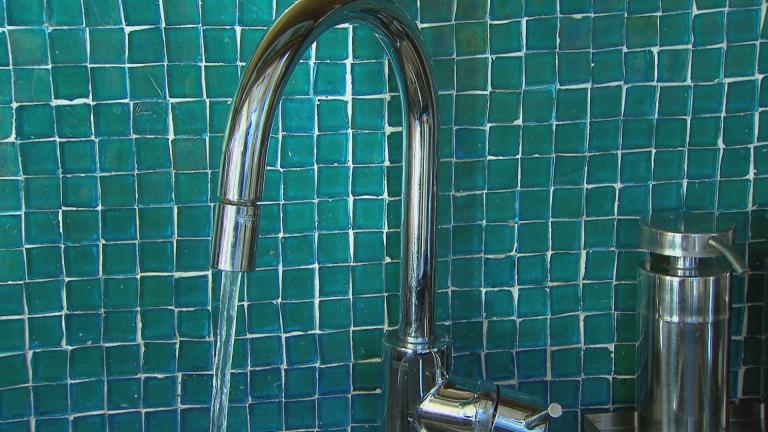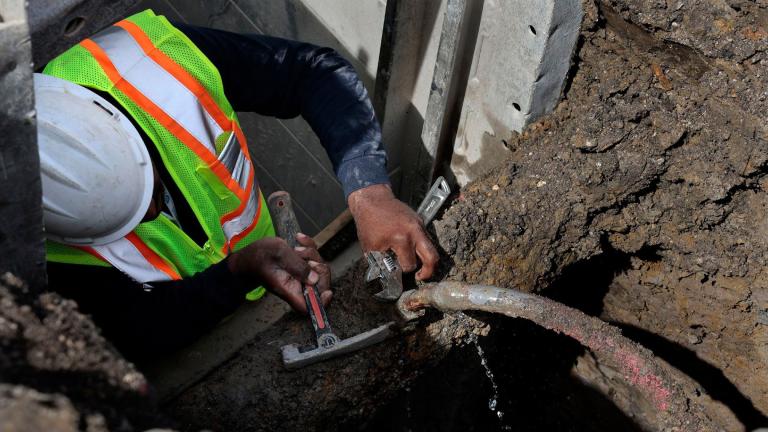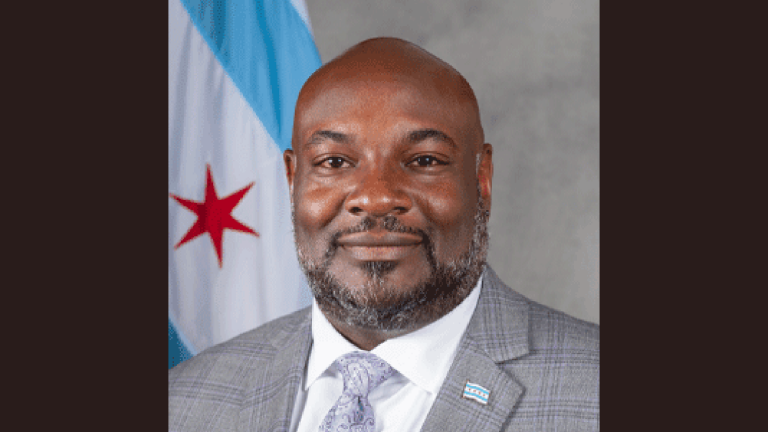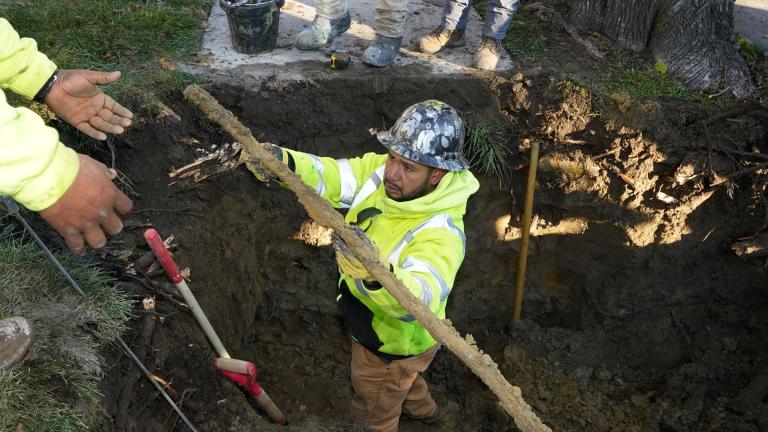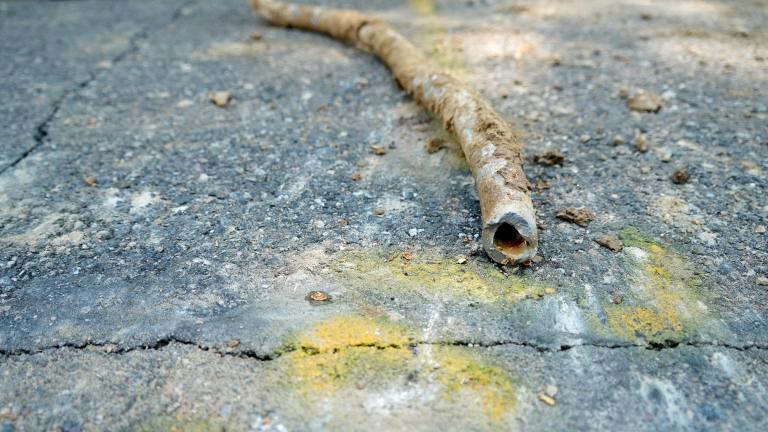City crews have replaced less than one-half of 1% of the approximately 400,000 lead service lines responsible for contaminating Chicagoans’ tap water in the two years since Mayor Lori Lightfoot declared that it was “way past time” to ensure that Chicagoans have clean water in their homes, according to data obtained by WTTW News.
In September 2020, Lightfoot said the city would start by removing lead service lines from homes and two-flats in low- and moderate-income neighborhoods with $15 million in federal grants. Through that program, crews would remove 650 pipes by the end of 2021, the mayor promised.
However, that program has removed just 154 lead service lines as of Monday, according to data provided to WTTW News by the Department of Water Management.
An additional 185 applications to participate in the program have been approved, according to city data.
Under another program, homeowners willing to foot the entire bill for the lead service line replacement program can get $3,500 in fees waived if they complete the removal themselves.
Thirty-four homes have had their lead service lines removed as part of that program, according to the data obtained by WTTW News.
Through a spokesperson, Lightfoot declined to answer detailed questions from WTTW News about why her administration has failed to fulfill the promises she made on Sept. 10, 2020, when she declared that the city would take responsibility for removing all 400,000 lead service lines in Chicago.
That announcement represented a major shift from former Mayors Richard M. Daley and Rahm Emanuel, who considered water delivery pipes — or service lines — to be the responsibility of the property owner.
Lightfoot already faces seven challengers in her bid for a second term as Chicago mayor.
In recorded remarks to the One Water Summit held Thursday by the Great Lakes and St. Lawrence Cities Initiative to highlight the effort to remove lead service lines, Lightfoot touted her record on lead service line replacement and said she was committed to fulfilling her promise.
“I became the first Chicago mayor in history to say enough is enough,” Lightfoot said. “We can’t kick this can down the road any longer. We must be committed to achieving water equity by replacing all of these lead service lines.”
However, Lightfoot acknowledged that task is “easier said than done.”
City officials estimate that it will cost $15,000 to $26,000 to remove lead service lines from each home or two-flat in Chicago or between $8 billion and $10 billion in all, Lightfoot said.
That is more expensive than in other cities, because of Chicago’s “dense urban setting, which makes underground infrastructure replacement particularly challenging and site restoration even more complex,” Lightfoot said.
However, Lightfoot told her fellow mayors and water officials that she was undaunted by the complex nature of the task and would use funds included in the $1 trillion bipartisan infrastructure bill approved in November 2021 to fund lead service line replacement efforts. That bill earmarked $15 billion for the lead service line replacement program, with $3 billion set to flow to states and cities in 2022.
“No matter all these factors, we must start,” Lightfoot said, adding that she was “grateful” for the federal funding.
But Lightfoot acknowledged that the city is still working to “understand what it will take to scale efforts in our city” by evaluating the best way to replace lead service lines along an entire block when a water main is replaced.
It is not clear when that effort, which also began in September 2020, will be complete, officials told WTTW News.
Lead service lines connect more Chicago homes to water mains than in any other American city, in large part because officials required that lead pipes be used to funnel water to single-family homes and small apartment buildings for nearly a century.
Federal law banned the use of lead pipes in 1986.
There is no safe level of lead in drinking water, according to federal officials. Lead is a neurotoxin and can be especially damaging to children and pregnant women.
Even if city crews had been able to remove as many lead service lines as Lightfoot promised in September 2020, her plan laid out a timeline that would have taken more than 500 years to complete.
Nearly immediately, Ald. Gilbert Villegas (36th Ward) criticized the plan as insufficient, the first-ever public dispute between Lightfoot and the Far Northwest Side alderperson, who at the time served as her floor leader and was her closest ally on the City Council.
Villegas stepped down from that post less than six months later.
Villegas told WTTW News he has long been frustrated with the Department of Water Management and its leaders handling of not only the lead service line replacement program but also efforts to replace aging water mains.
“We’re not ready to use the federal money,” Villegas said. “We need a new plan. We need to be serious.”
Contact Heather Cherone: @HeatherCherone | (773) 569-1863 | [email protected]

